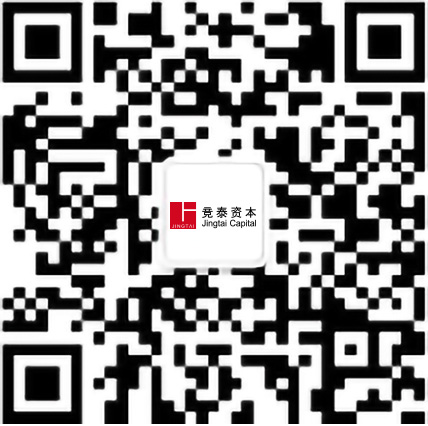
Dismantling of the value of the industrial chain
Tesla Optimus teardown
The number of actuators at Optimus is 28 (14 each linear and 14 rotary), including 6 design types (Class 3 lead screws and 3 types of frameless torque motors), which are generally symmetrical from top to bottom, with 6 rotary actuators for the shoulder, 2 linear actuators for the upper arm, 2 rotary actuators for the wrist, 4 linear actuators for the lower arm, 2 rotary actuators for the waist, 4 rotary actuators for the hips, 4 linear actuators for the thighs, and 4 linear actuators for the lower legs.

Tesla Optimus Gen2 BOM cost teardown
From a value volume perspective, according to Morgan Stanley's predictions, Optimus The Gen2 BOM cost accounted for the highest proportions of sensors (37.0%), motors (20.3%), lead screws (20.2%), and reducers (12.6%). From the perspective of process technical barriers, lead screws ≈ sensors> reducers > motors.
From the perspective of the proportion of the functional value of the body, the legs accounted for 26.6%, the dexterous hands accounted for 17.3%, the shoulders accounted for 14.3%, the feet accounted for 12.2% and the arms accounted for 10.7%, and these five parts accounted for more than 80%.

Tesla robot expected cost dismantling
The expected value distribution of Tesla robots: 25% for motors, 12% for roller screws, 5% for harmonic reducers, 10% for torque sensors, and 2% for planetary reducers.

Component assemblies
Linear actuators
Linear actuators are used for push-pull movements, such as arm extension.
The configuration of the Tesla Optimus Linear Actuator is: frameless torque motor*1 + planetary roller screw*1 + force sensor*1 + encoder*1 + driver + ball bearing*1 + four-point contact ball bearing*1. Among them: 1) Motor: Tesla's self-developed permanent magnet motor is used. 2) Lead screw: The reverse planetary roller screw is used, which has strong rigidity. 3) Encoder: Use a position sensor. 4) Force sensor: Since the lead screw has no anti-drive property, the force sensor is configured. 5) Bearing: use deep groove ball bearing, four-point contact ball bearing.

Rotary actuator
Rotary actuators move at an angle relative to the midpoint (i.e., along a circle) and are mainly used to make the robot's joints rotate.
The configuration of the Tesla Optimus rotary actuator is: frameless torque motor*1 + harmonic reducer*1 + torque sensor*1 + encoder*2 + driver*1 + crossed roller bearing*1 + angular contact ball bearing*1.
Among them: 1) Motor: using Tesla's self-developed permanent magnet motor. 2) Reducer: The harmonic reducer is used, which has a simple structure, large reduction ratio, high transmission accuracy and transmission efficiency. 3) Position sensor: use two, i.e., dual encoders, including input position encoder and output position encoder. 4) Force Sensor: Use a non-contact torque sensor. 5) Bearings: Angular contact bearings and crossed roller bearings are used.

Dexterous hands
The Tesla Optimus Dexterous Hand is configured with one hand: 6 coreless joints + transmission, 5 worm gears/rope drives + several sensors.
Tesla Optimus uses 6 coreless joints for each dexterous hand, and the corresponding transmission configuration in the dexterous hand is: coreless joint + worm gear + rope transmission, and a first-stage worm gear and worm is introduced after the coreless joint: on the one hand, it is to convert the direction of rotation for the linear transmission, and on the other hand, it is to use the self-locking characteristics of the worm gear and worm to improve the load (self-locking) ability of the dexterous hand.
In the coreless joint, the coreless motor has the characteristics of high speed and low torque, and generally needs to be matched with a reducer to achieve a small space to obtain a large finger grip force, in addition to encoders and drives. In addition, the dexterous hand is a key part of the end-sensing and execution, and it is expected that there will be a lot of use of sensors such as tactile and force.






